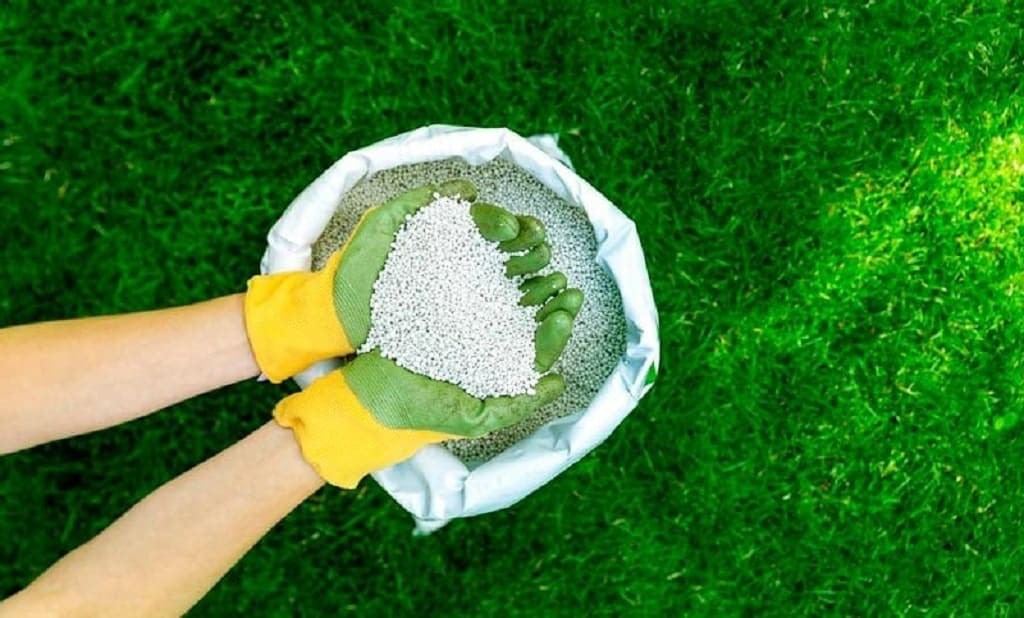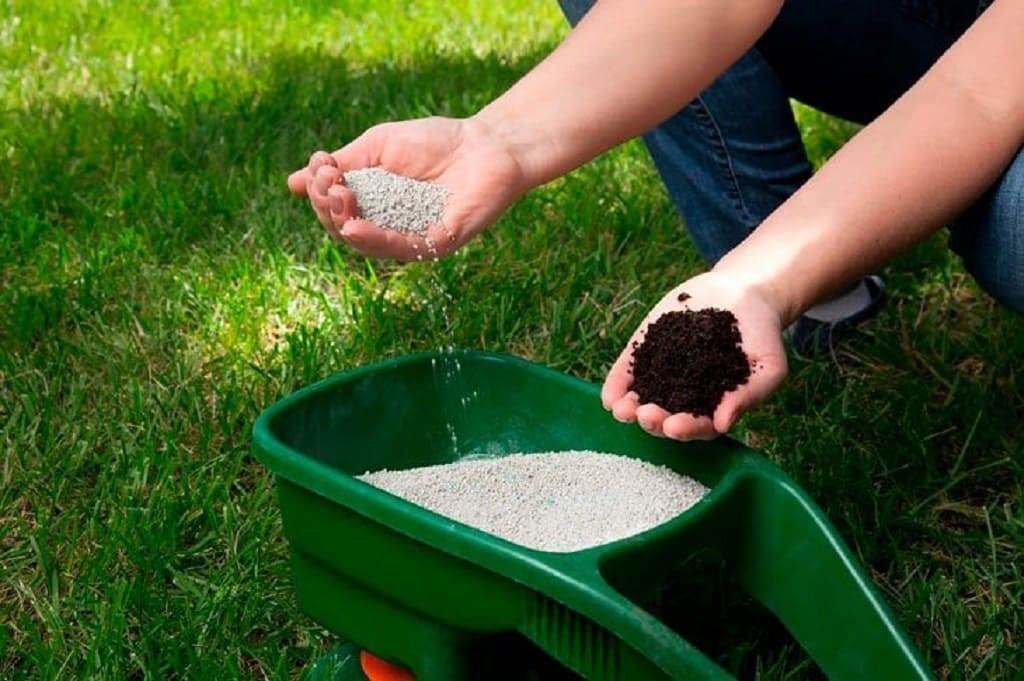A healthy and vibrant lawn is a rich source of pride as well as enjoyment for most homeowners. Well, you need to put in the work to achieve a healthy and vibrant lawn, and one notable component of getting a lush green lawn is the use of turf fertilizer. However, the market is currently saturated with different types of lush fertilizers, so picking the ideal one becomes an issue. Well, that is why this blog piece was put together. It will provide a comprehensive guide to choosing the ideal turf fertilizer for your specific needs.
What is a Turf Fertilizer?
Turf fertilizer is a product manufactured to provide needed nutrients to your lawn. It contains a combination of nitrogen (N), phosphorus (P), and potassium (K), often referred to as the N-P-K ratio. These nutrients are required to promote healthy growth, vibrant color, and disease resistance.
There are three main types of turf fertilizers out there:
- Granular
- Liquid
- Low-release
Granular fertilizers are made in a powdered or pellet form and are basically applied using a spreader. Liquid fertilizers are usually applied using a sprayer or hose-end applicator. Slow-release fertilizers are manufactured in a way that they release nutrients gradually over time, giving a more sustained supply.
Factors to Consider Before Purchasing a Turf Fertilizer
When choosing the right turf fertilizer, several factors need to be considered:
- Type Of Lawn: Different types of grasses have varying nutrient requirements. For instance, the Kentucky bluegrass which is said to be a cool-season grass, and ryegrass possess different needs when compared with warm-season grasses like Bermuda grass and zoysia.
- Soil conditions: The pH value of the soil can also affect the availability of nutrients. Acidic soil may need lime to boost the pH, while alkaline soil may require sulphur to lower it. In addition, the texture of the soil (either sandy, loamy, or clay) can influence the rate of nutrient retention.
- Climate: Your local climate also plays a vital role in choosing the best type of fertilizer. Factors to always take into consideration includes; temperature, rainfall, as well as seasonal variations.
- Lawn health: The current condition of your lawn will help you determine the specific nutrients it needs. If your lawn is thin, patchy, or struggling with weeds, you may need a fertilizer that focuses on root development and disease resistance.
How Can I Choose the Right Fertilizer Ratio?

The N-P-K ratio of a turf fertilizer indicates the proportion of each nutrient. A common ratio for general lawn maintenance is 4-1-2, meaning the fertilizer contains 4 parts nitrogen, 1 part phosphorus, and 2 parts potassium. However, the ideal ratio can vary depending on your lawn’s specific needs.
Nitrogen-rich fertilizers (higher N):
- Promote rapid growth and greening.
- Suitable for lawns that are thin or patchy.
Phosphorus-rich fertilizers (higher P):
- Encourage root development.
- Beneficial for new lawns or lawns struggling with root problems.
Potassium-rich fertilizers (higher K):
- Improve disease resistance and overall health.
- Suitable for lawns in stressful conditions, such as drought or heat.
Conclusion
By having a good understanding of the various types of turf fertilizers, considering the specific needs of your lawn, and following the application tips provided, you can make a good decision about the best fertilizer for your outdoor space. Remember, a healthy and vibrant lawn is not only aesthetically pleasing but also contributes to a more enjoyable and comfortable outdoor environment. Investing time and effort into choosing the right turf fertilizer can yield significant rewards for years to come.



